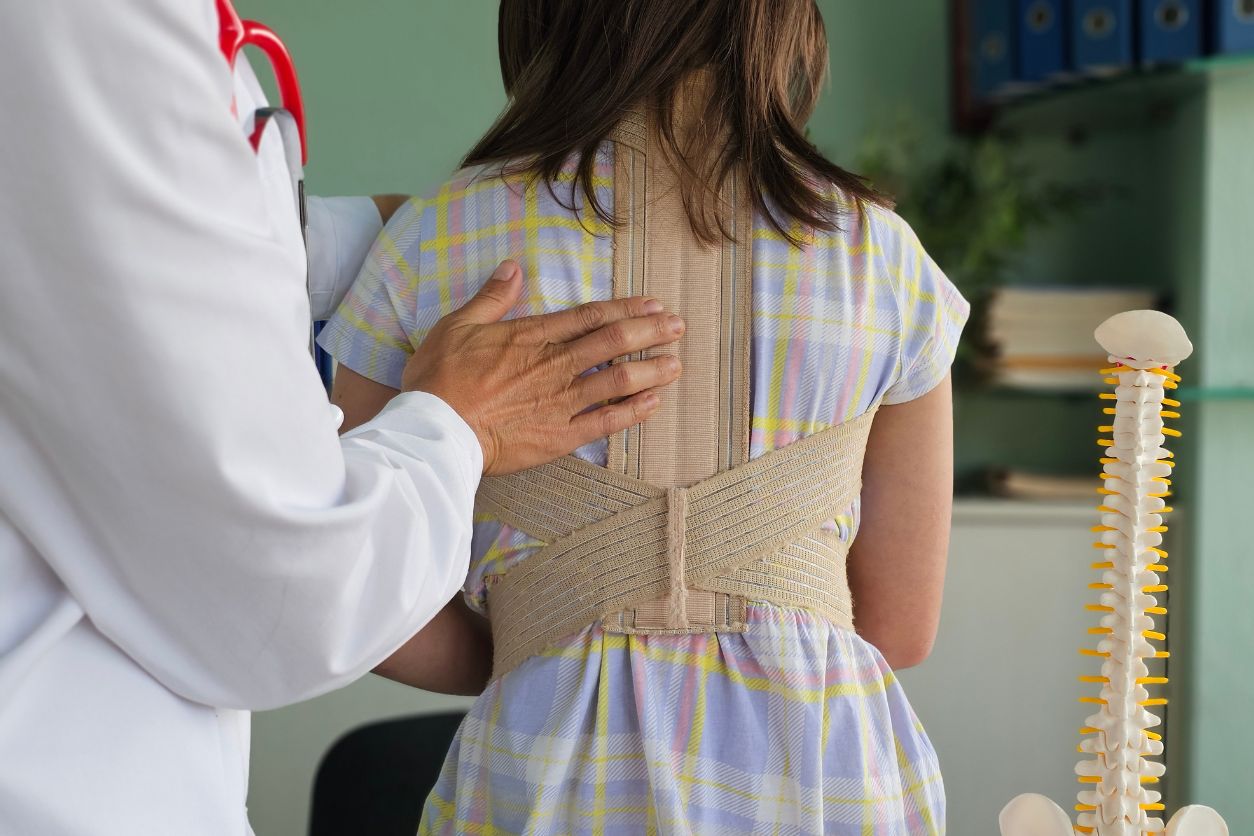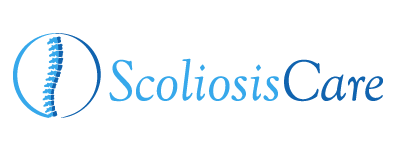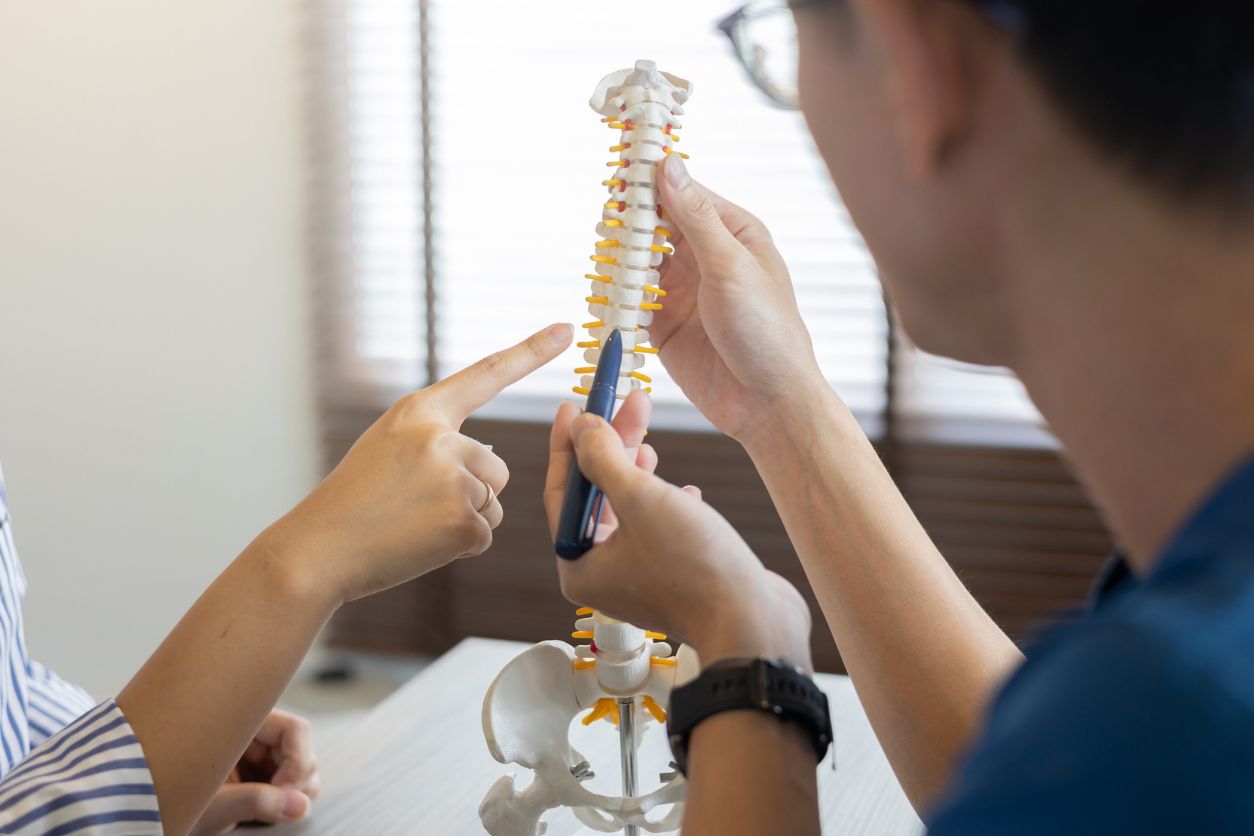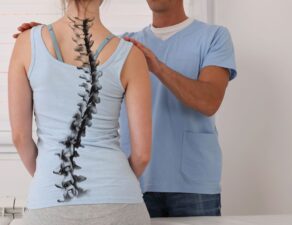
When it comes to scoliosis treatment, especially for moderate to severe cases, medical devices can play a critical role in correcting spinal curvature or preventing it from worsening. Some of these scoliosis medical devices are worn externally, while others are surgically implanted. Each one serves a specific purpose depending on the patient’s age, the type of scoliosis, the severity of the curve, and whether the spine is still growing.
At Scoliosis Care, Dr. David Siambanes helps patients and families understand the range of scoliosis medical devices available and what to expect if one becomes part of the treatment plan. From bracing to spinal implants, this guide walks through the most common devices used today.
Non-surgical Scoliosis Medical Devices
Not all scoliosis requires surgery. In many cases, especially when diagnosed early, external devices like braces are used to prevent curve progression.
Spinal Braces
Bracing is most commonly used in children and adolescents who are still growing and have curves between 20 and 40 degrees. While a brace won’t straighten the spine completely, it can help keep the curve from getting worse during growth spurts.
Common types of scoliosis braces include:
TLSO (Thoraco-Lumbo-Sacral Orthosis)
- The most commonly prescribed brace. It’s worn under clothes and fits like a vest around the torso.
- Custom-molded for each patient based on X-rays and physical exams.
- Often recommended for wear between 16–23 hours per day.
Milwaukee Brace
- One of the earliest scoliosis braces, this full-torso brace extends up to the neck with a throat piece.
- It’s less commonly used today due to newer, more discreet options.
Nighttime Braces (like the Providence or Charleston braces)
- Designed to be worn only during sleep.
- Often used in less severe cases or for patients who can’t tolerate daytime wear.
Surgical Scoliosis Medical Devices
When scoliosis becomes severe or continues to progress despite non-surgical treatment, spinal implants may be necessary to stabilize and correct the curve. These scoliosis medical devices are placed inside the body during surgery and tailored to the patient’s needs.
Harrington Rod
Introduced in the 1960s, the Harrington rod was the first widely used spinal implant for scoliosis. It consists of a single metal rod that is attached to the spine using hooks at either end. The rod straightens the spine and is often fused in place using bone grafts to prevent further movement.
While revolutionary at the time, the Harrington rod is less commonly used today due to its limitations in correcting three-dimensional spinal deformities and its tendency to cause “flat back” syndrome in some patients.
Even though it’s largely been replaced by newer devices, many adults with scoliosis who had surgery decades ago still have Harrington rods in place. Dr. Siambanes is experienced in evaluating and managing these cases, including addressing complications that can arise later in life.
Growing Rods
Growing rods are designed for young children with early-onset scoliosis, typically those under the age of 10, whose spines are still developing. These rods are surgically implanted and attached to the spine above and below the curve.
The key advantage is that they allow the spine to continue growing while controlling the curvature. Every few months, the rods are lengthened either through additional surgeries or, in the case of modern magnetic growing rods (like the MAGEC system), using an external remote-control device in a clinical setting.
Growing rods help delay spinal fusion until a child is older, allowing more time for the chest and lungs to develop.
Click here to learn more about the differences between Harrington rods and growing rods.
Vertebral Body Tethering (VBT)
This newer device is an alternative to traditional fusion surgery for some adolescents with scoliosis who are still growing. A flexible cord (tether) is attached to the side of the spine via screws.
The tension on the tether gradually corrects the curve as the child grows, offering a more natural range of motion than fusion. Unlike rods, which rigidly hold the spine in place, VBT is designed to allow for continued spinal flexibility.
However, it’s important to note that VBT is not considered a mainstream option. While it may be appealing due to its motion-preserving design, many specialists, including Dr. Siambanes, do not perform it due to concerns about complications like tether breakage and the lack of consistent, reliable outcomes across a broad range of patients.
Spinal Fusion Systems (Modern Rod and Screw Constructs)
Today, spinal fusion surgery for scoliosis typically involves two rods, screws, and sometimes hooks that are placed along the spine to hold it in a corrected position.
These devices are custom-fit and positioned based on advanced imaging and surgical planning. The rods are often contoured to follow the natural shape of the spine. Bone graft material is placed to encourage the vertebrae to fuse together permanently over time.
This approach offers significant improvements over the original Harrington rod system by allowing for three-dimensional correction, better long-term spinal alignment, and reduced complications.
Choosing the Right Device: Why Expertise Matters
There is no one-size-fits-all approach to scoliosis treatment, and choosing the right scoliosis medical device depends on several factors:
- Age and growth stage
- Degree and location of the spinal curve
- Cause of scoliosis (idiopathic, congenital, neuromuscular, etc.)
- Overall health and activity level
Dr. David Siambanes is a nationally recognized scoliosis specialist in Tampa who takes the time to evaluate each patient thoroughly. Whether bracing is the right first step or a surgical implant is needed, his approach is individualized, thoughtful, and grounded in experience.
Schedule a Consultation with Dr. Siambanes
If you’ve been told you or your child may need a scoliosis medical device, or if you’re exploring your options for treatment, Dr. Siambanes is here to help.
He’ll walk you through every step, answer your questions, and help you make the most informed decision possible. Click here to request your appointment today.








